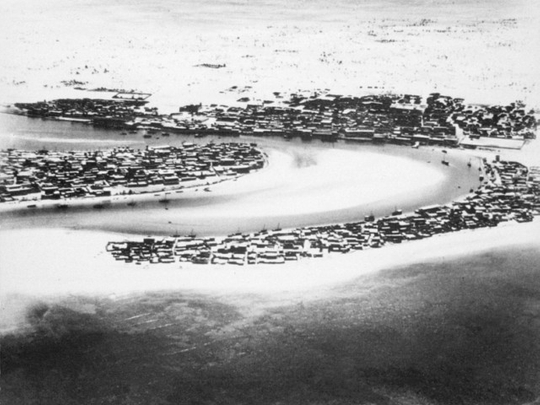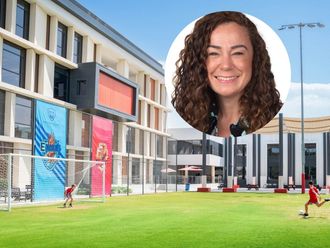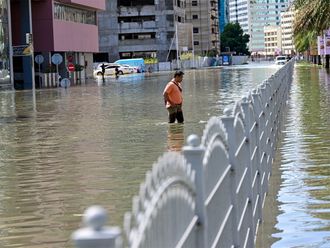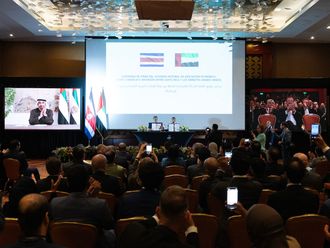
Dubai: The creek – known in Arabic as Khor Dubai – is considered as a unique heritage not only because of its location, but its nature and vitality in comparison with other creeks around the world.
Throughout the test of time, settlements were made around water and the city of Dubai was no different. Even though the city has witnessed a vast amount of growth and undergone several phases of dredging and expansion, the creek’s shape has not changed in the last 1,000 years.
It has managed to maintain its authenticity and versatility of fusing the past and the present through its trading connections with countries around and beyond the Arabian Gulf, evidently with the docking of merchant dhows and the flourishing bazaars of silks and spices.
Speaking to Gulf News ahead of the Unesco visit expected to take place on October 21, Rashad Bukhash, Director of Architectural Heritage Department at Dubai Municipality, explained that Dubai Creek is currently in the final stages of its bid in becoming a Unesco World Heritage Site by 2014.
“Dubai Creek was nominated according to Unesco’s cultural standard. Alongside the Creek and its two banks, we can find the infusion of cultures and that is very evident in the architecture of the buildings, which projects the city’s cultural interaction and diversity. Over 130 years ago, Dubai used to trade with East Africa, India, East Asia and South Persia,” said Bukhash.
Another aspect as to how the creek meets Unesco’s standard is because it is considered as a distinctive natural scene, enabling an urban community to be built around it and which continues to develop. The saltwater creek divides the city into two main parts, Deira and Bur Dubai, with its ending at the Ras Al Khor Wildlife Sanctuary - 14 kilometres from its origin at the Arabian Gulf.
The 14-kilometre long creek starts at Shindagha, proceeds to Al Maktoum Bridge then and passes through Al Fahidi Fort, Souk Al Kabeer in Bur Dubai and through the Gold Souq and Al Ahmadiya School in Deira.
“The community is still in touch with the spirit of the location, and can be regarded as the throbbing heart of Dubai. This rich source of life did not come about by the pearling industry alone, but as a result of the whole area being a centre for trade that embraced different cultures and which assisted in the city’s dynamic community,” he said.
“Part of the criteria in becoming a World Heritage Site is to keep the authenticity of the area and to manage it to a certain specification. As part of our management’s efforts, we have laid out several regulations so that new buildings cannot be constructed within the protected site while new buildings in the buffer zone have to be meet certain requirements,” said Bukhash,
He added that old buildings with wind towers can still be seen along the creek’s banks, which was used as a ventilation system - reflecting how Emiratis used to live before the country’s modernisation.












